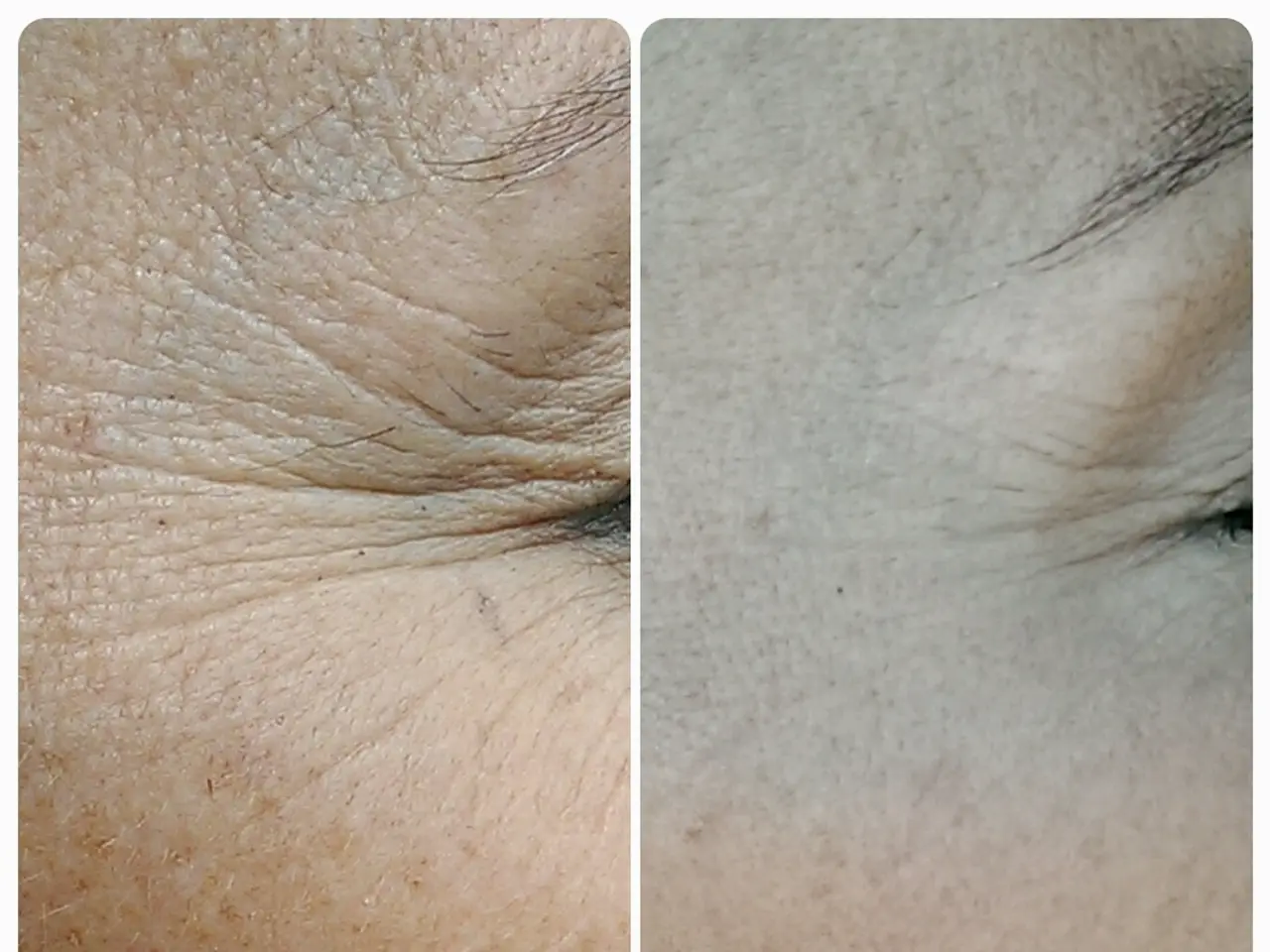Strategies for Minimizing Excess Skin After Weight Loss
Minimizing Loose Skin After Weight Loss: A Comprehensive Guide
Losing a significant amount of weight is an achievement worth celebrating, but it can also leave behind unwanted loose skin. This article outlines effective strategies to minimize the appearance of loose skin, both non-surgical and surgical, depending on the severity of skin laxity.
Non-Surgical Approaches
Building muscle through strength training is one of the most effective ways to tighten skin. Exercises such as squats, deadlifts, push-ups, rows, and other resistance workouts can help increase muscle mass beneath the skin, improving firmness and appearance. Training multiple muscle groups 2-3 times per week is recommended for the best results.
Non-invasive treatments like laser therapy, radiofrequency (RF) skin tightening, and microneedling combined with collagen-boosting serums can also help improve elasticity and firmness. These methods are ideal for mild to moderate loose skin and require consistent application over time.
Good skin care is another essential factor in maintaining skin health and reducing sagging. Staying well-hydrated, eating nutrient-rich foods, avoiding smoking and excessive alcohol consumption, and following a collagen-boosting diet can all contribute to better skin health and elasticity.
Surgical Options
For severe loose skin, especially after major weight loss, surgical procedures provide the most noticeable and immediate improvement. Common surgeries include tummy tucks (abdominoplasty), arm lifts (brachioplasty), and thigh lifts, which remove excess skin and may also tighten underlying muscles.
Personalized Treatment Plans
It's important to note that the response of the skin varies individually, and personalized treatment plans from specialists are crucial. A board-certified plastic surgeon should be consulted to determine the most appropriate procedure based on individual needs and goals.
Gradual Weight Loss
Gradual weight loss supports better skin retention compared to rapid loss, allowing the skin to adjust to the body's changing shape over time, minimizing the severity of loose skin.
Additional Considerations
Surgical solutions for severe loose skin come with risks and considerations, including scarring, potential complications, and a recovery period that can range from several weeks to months. Regular exfoliation, moisturizing with skin-firming creams, and massaging loose skin with natural oils can improve skin elasticity and texture.
Incorporating strength training into your exercise routine not only builds muscle but also helps reduce the appearance of loose skin by filling out areas where fat has been lost. A collagen-boosting diet, including foods rich in protein, vitamin C, zinc, and omega-3 fatty acids, ensures that the skin has the resources it needs to maintain elasticity.
Modern technologies like fractional lasers, CO2 lasers, microneedling with radiofrequency, and ultrasound-based skin tightening (such as Ultherapy) can stimulate collagen production and improve skin elasticity, with little to no downtime.
In summary, combining strength training with supportive skin treatments and nutrition is effective for mild cases, while surgery may be necessary for more advanced loose skin following significant weight loss. Consult with a board-certified plastic surgeon to determine the best course of action for your unique situation.
- Strength training, such as squats, deadlifts, push-ups, rows, and other resistance workouts, can help tighten loose skin and improve its appearance by building muscle beneath.
- Eating nutrient-rich foods, staying well-hydrated, avoiding smoking and excessive alcohol consumption, and following a collagen-boosting diet are key factors in maintaining skin health and reducing sagging.
- Tummy tucks, arm lifts, and thigh lifts are common surgical procedures for severe loose skin, removing excess skin and tightening underlying muscles.
- Modern technologies like fractional lasers, microneedling with radiofrequency, CO2 lasers, ultrasound-based skin tightening (such as Ultherapy) can stimulate collagen production and improve skin elasticity.
- Gradual weight loss supports better skin retention compared to rapid loss, allowing the skin to adjust to the body's changing shape over time, minimizing the severity of loose skin.
- Combining strength training with supportive skin treatments and nutrition is effective for mild cases of loose skin, while surgery may be necessary for more advanced cases.
- Consulting with a board-certified plastic surgeon is crucial for determining the most appropriate procedure based on individual needs and goals.
- Incorporating CBD into a skincare routine or weight-management plan may help manage inflammation and improve overall skin health, although its effects are still under research in these contexts.




